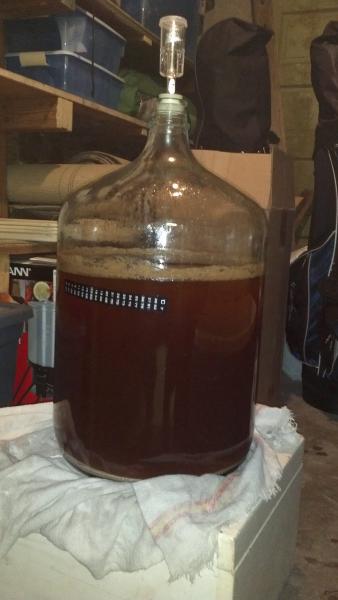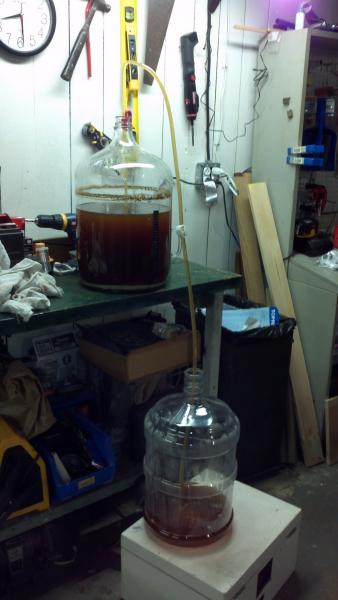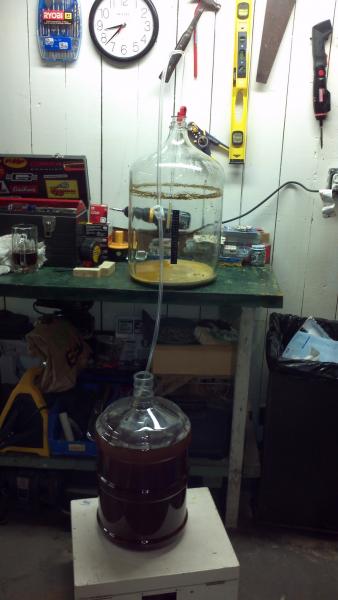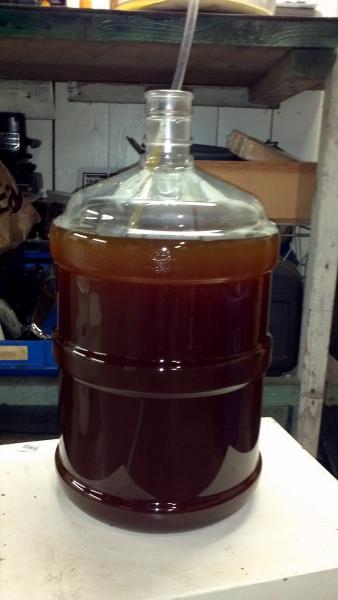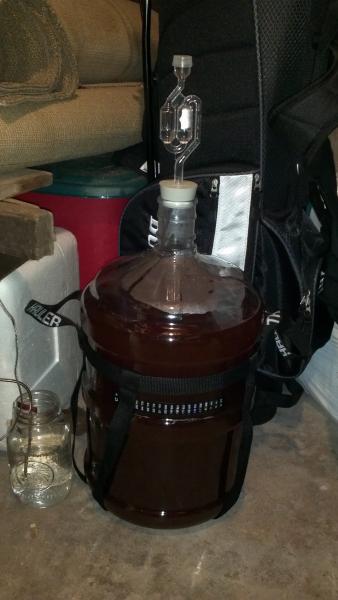Thumbs71
Well-Known Member
I'm coming up on day 7 of the primary fermentation of an Irish Red Ale extract kit. I'm still getting airlock activity, a bubble every 30 - 45 seconds. I was going to let it sit in the primary for a full 2 weeks, then in the secondary for another 2 - 3 weeks at about 50 - 55 degrees. Finally I'll bottle it an let it sit until St. Patricks day, or as long as I can wait.
Does this sound ok? Should I rack to the secondary sooner? Is that time in the seconday ok?
Does this sound ok? Should I rack to the secondary sooner? Is that time in the seconday ok?



























![Craft A Brew - Safale S-04 Dry Yeast - Fermentis - English Ale Dry Yeast - For English and American Ales and Hard Apple Ciders - Ingredients for Home Brewing - Beer Making Supplies - [1 Pack]](https://m.media-amazon.com/images/I/41fVGNh6JfL._SL500_.jpg)































